10 Health Benefits Of Neem Leaves, How To Use, & Side Effects
This versatile healing herb can address most of your concerns with its medicinal values.
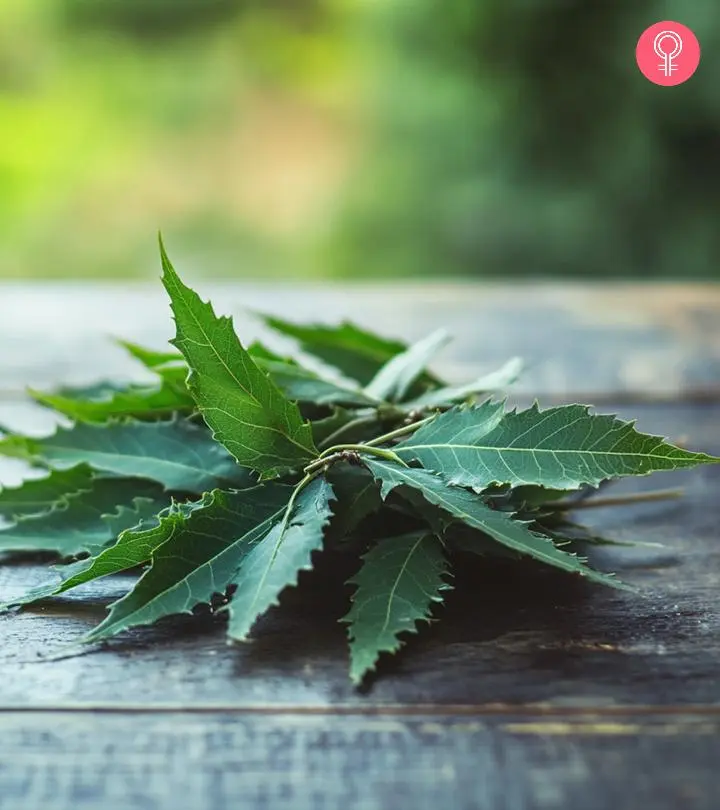
Image: Midjourney/ StyleCraze Design Team
The various benefits of neem leaves make it a must-have home remedy. Medical practitioners often prescribe neem leaves and their extract to relieve digestive difficulties, manage liver conditions, and possibly reduce the risk of cancer (1).
It contains active compounds like nimbin and azadirachtin, which can give you dandruff-free hair, clear skin, healthy teeth, and an ulcer-free stomach. In addition, the leaves contain several flavonoids, nimbanene, and vitamin C, which minimize harmful free radicals and toxic intermediates. A growing number of studies have been conducted on neem leaves and their effects against malaria and fever.
This article discusses the benefits of neem leaves, how to use them for maximum benefits, and any potential side effects. Take a look.
 Know Your Ingredient: Neem Leaf
Know Your Ingredient: Neem LeafWhat Is It?
A leaf of the neem tree that is native to the Indian subcontinent and South Asia and widely known for its therapeutic effects.
What Are Its Benefits?
Helps improve heart health, control diabetes, and boost immunity.
Who Can Use It?
Generally beneficial for all.
How Often?
Daily.
Caution
Conduct a patch test for topical use. Medical supervision is advisable for long-term use.
In This Article
Why Are Neem Leaves Therapeutic?
Various schools of medicine across the world, including Ayurveda, Unani, Homeopathy, and modern medicine, recognize the medicinal value of neem
. Its leaves, flowers, seeds, fruits, roots, and bark have been used for treating inflammation, infections, fever, skin diseases, and dental disorders and reducing the risk of cancer (1), (2).
About 140 (or more) compounds have been isolated from different parts of neem. Its leaves contain nimbin, nimbanene, vitamin C, and several flavonoids. They can eliminate toxic intermediates and free radicals from your body and aid in detoxification(1).
Research also suggests that these active ingredients help reduce the inflammation in your body. They downregulate the genes that produce pro-inflammatory compounds and work well as anticancer agents (1).
Neem leaves demonstrate anti-inflammatory, anti-diabetic, antiulcer, antimalarial, antifungal, antiseptic, antimicrobial, antioxidant, and anticancer properties (2).
 Quick Tip
Quick TipRead the next section to understand how they can improve your health.
How Do Neem Leaves Benefit Your Health?
Neem leaves can help treat a variety of disorders related to the heart, skin, and liver due to their antioxidant activity.
They are effective against pathogenic bacteria, fungi, and viruses. The leaf extracts could be a popular option for managing diabetes as well.
1. Possess Antioxidant Effects
According to studies, the extracts of the neem leaf, flower, and bark have predominant antioxidant properties.
Polyphenols like azadirachtin and nimbolide are majorly responsible for this effect. They scavenge free radicals from your body and prevent them from damaging vital tissues and organs (1).
Thus, using neem leaves or their extracts can reduce the risk of atherosclerosisi Accumulation of plaque (fats and cholesterol) in and on the walls of arteries causing them to constrict and obstruct blood flow. , cancers, diabetes, cirrhosisi Chronic condition affecting the liver that is characterized by tissue thickness, inflammation, and cell degradation. , and other inflammatory ailments. Dried neem leaves also have shown to boost immunity in animal studies (1).
2. May Help Manage Diabetes And Hypoglycemia

Several animal studies confirm the anti-diabetic effect of neem leaves. In subjects dealing with diabetes, 250 mg of neem leaf extract per kg of body weight was found to lower glucose levels (1).
The leaf chemicals suppress the activity of enzymes that are involved in glucose metabolism. They control the amount of glucose released into the bloodstream, thereby preventing spikes in sugar levels (3).
Some animal studies claim that these extracts could regenerate the insulin-producing cells in the pancreas. Neem leaves also lower cholesterol (triglyceride) and creatinine levels, thus regulating blood pressure in the body. This way, they may protect the heart, pancreas, liver, and the kidneys from diabetes-induced inflammation (4), (5).
3. May Heal Acne And Skin/Face Issues

Neem leaf extracts are applied externally on boils and blisters in traditional medicine. They are often used in anti-acne products. Along with neem, holy basil, licorice, and green tea extracts were identified with the potential to inhibit acne-causing bacteria (Staphylococcus epidermis and Propionibacterium) (6). Therefore, applying neem powder benefits the skin by treating several skin conditions.
Poultices and decoctions of neem leaves are used to treat septic sores, ringworm, eczema, and maggot-infected burns and wounds. The active neem compounds can treat several fungal and bacterial skin infections, including athlete’s foot and abscesses (7).
4. May Protect Your Liver
The bioactive constituents of neem, including azadirachtin, have potent liver-protective (hepatoprotective) properties. Animal subjects show a reduction in the levels of inflammatory liver enzymes when treated with these extracts (1).
Neem leaves could prevent changes in the levels of bilirubin and proteins, which may lead to liver damage. Hence, you can use the extracts to treat liver injuries caused by drug overdose, particularly those caused by an overdose of anti-tuberculosis medication and generic paracetamol derivatives (1), (8).
5. Have Anti-inflammatory Properties
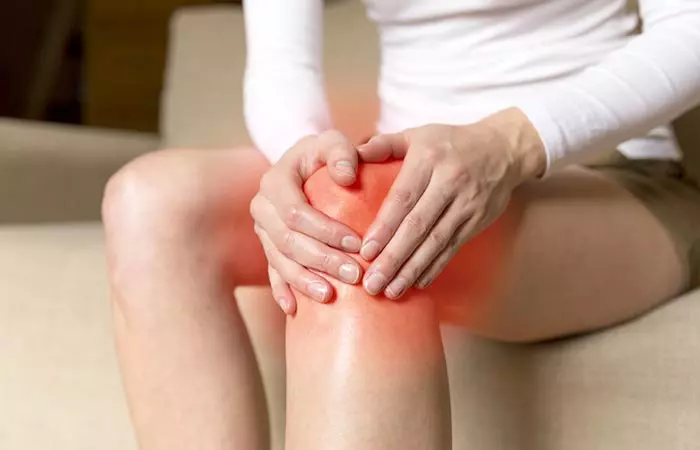
Clinical trials demonstrate anti-inflammatory effects of neem leaves at a dose of 200 mg/kg. Phytochemicalsi Chemical compounds found in plants, fruit, vegetables, legumes, whole grains, and nuts that have ample health benefits. like nimbidin suppress the functions of the immune system cells (e.g., macrophagesi Cells with specific functions that include locating and eliminating bacteria and other foreign entities. , neutrophilsi A specific kind of white blood cell that aids the body’s defense against infection. It is crucial to the immune system. ) in response to inflammation (1).
The leaves could reduce fever, pain, and swelling (edema) in study subjects. They prevent cell death in damaged tissues and induce cell death in cancer cells. Hence, neem extracts have been used in treating inflammatory diseases of the skin, heart, liver, and kidneys (9).
 Trivia
Trivia6. May Exhibit Antimicrobial Effects
Neem bark, leaf, seed, and fruit extracts were studied for their antimicrobial properties. The leaves showed a significant effect on foodborne pathogens. Consuming them orally could kill endodontic bacteria and fungi. Aspergillus, Cladosporium, Alternaria, and related fungal species are particularly susceptible to neem leaves (1).
These leaves have also been studied for their antiviral effects. According to experimental studies, they interfere with the viral replication cycles. This causes inactivation of the virus and reduces the new virus yield in the host. Simply put, neem extracts can effectively lower the severity of a viral infection (1).
7. May Promote Dental Health
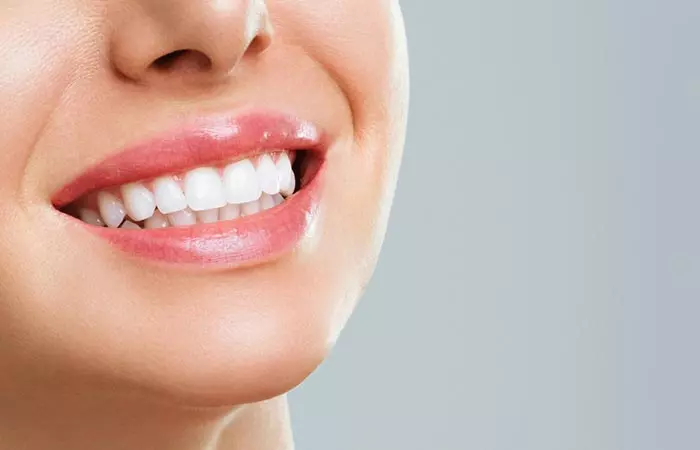
Nimbidin, azadirachtin, and nimbinin, the main active constituents of neem leaves, are responsible for their antibacterial properties. They are also present in the bark of this tree. Both of these (neem leaves and bark) are used in many kinds of toothpaste and toothpowders (1), (10).
They eliminate bacteria and fungi inhabiting the teeth and gums. The extracts, thus, can relieve gingivitis, tooth decay, mouth ulcers, dental caries, and plaque. Several neem products (twigs, oil, gel-cream, mouthwashes, etc.) have also been reported to help in managing oral cancers (10).
8. May Help Treat Malaria And Parasitic Diseases
This plant is proven to have antimalarial and antiplasmodic effects. Studies demonstrate how neem extracts could reduce the number of malarial parasites by 50%. Azadirachtin and limonoids available in these extracts eliminate Plasmodium berghei and Plasmodium falciparum in affected individuals (1), (11).
However, a few trials claim neem to be ineffective against these parasites. Hence, there is a need for further research to prove the efficacy and safety of neem leaves as an antimalarial drug replacement (12).
9. May Aid Cancer Treatment
The extracts of seeds, leaves, flowers, and fruits of neem have shown antitumor effects against different types of cancer. Their phytochemicals inhibit cell proliferation and induce cell death in cancer cells. They also boost your immune response against the migration of tumors (13), (14).
Flavonoids, terpenoids, tannins, coumarins, proteins, and polysaccharides in neem leaves and seeds have been linked to such anticancer effects. They have antioxidant, anti-inflammatory, and cytotoxic properties. Therefore, neem is one of the most studied herbal remedies for aiding the treatment of cervical, ovarian, breast, stomach, oral, blood, prostate, and liver cancers (1), (13), (14).
Though evidence is insufficient, neem leaves are known to ease digestion. They reduce ulcers, gut inflammation, and other related issues if taken in small amounts.
10. May Help Treat Fungal Infections
The bioactive compounds in neem exhibit antifungal properties that may help treat several skin fungal infections (15). Studies suggest that neem may be effective against fungal strains such as Trichophyton (an athlete’s foot fungus that infects the nails and hair), Candida (a yeast-like fungus that causes lesions on the hands, vagina, and mouth), Trichosporon (a fungus of the intestinal tract), Epidermophyton (a fungus that infects the skin and toenails), and Geotrichum (a yeast-like fungus that infects the lungs, bronchi, and mucous membranes) (7).
As neem heals almost every organ system of our body, various kinds of neem products have been produced to date. Go through the next section to know what suits your needs.
How To Use Neem Leaves
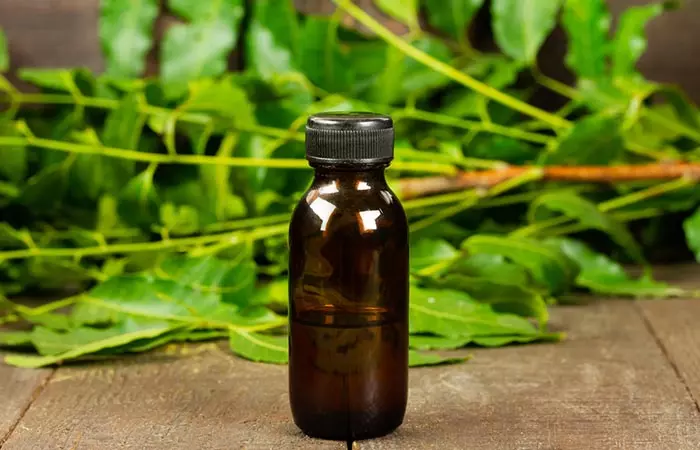
Neem extracts are added to cosmetics and hair care and dental care products.
Neem oil, soaps, creams, shampoos, toothpaste, dental ointments, etc. are available commonly in the market. Neem oil is added to purified cosmetics like nail colors and facial creams. Using neem oil for hair helps nourish the scalp, reduce dandruff, and promote healthier, stronger hair growth. Several anti-dandruff and anti-lice products contain neem as well (16).
You can also topically apply a paste of neem leaves to your face. It may help reduce acne, blemishes, infected wounds, and blisters. But consult your healthcare provider before doing so.
You could also prepare neem tea. Simmer a few fresh neem leaves in a vessel of boiling water for 10 to 15 minutes. This beverage can be enjoyed either hot or cold and is well-known for its cleansing properties.
The remnants obtained after neem oil extraction are used to make ‘neem cakes.’ They are rich in carbohydrates, fiber, fat, and ash (16).
Scientists report the unique potential of neem cakes as fertilizers and as also natural insecticides. These compressed cakes contain abundant nitrogen, phosphorus, potassium, calcium, and magnesium. They can be used as manure for cash crops like sugarcane and vegetables (16).
Due to the presence of active limonoids, neem cakes protect the plant roots from nematodes and white ants, when plowed into the soil (16).
Neem: A Pet-friendly Herb
Veterinary medicine uses neem extracts against various diseases in animals. Neem poultices and pastes kill maggots, horn flies, blowflies, blood-sucking flies, etc. (7).
Active phytochemicals, including azadirachtin, prevent these pests from growing and infecting pets and cattle.
If applied on their body, neem paste acts as a fly repellent and helps in infected wound healing.
With such potent human and animal applications, the therapeutic importance of neem leaves is only increasing.
Kriti Saxena, a blogger, recalls using neem leaves for its various skin benefits: “I had the habit of raiding the kitchen every weekend to make my own face pack, but this one really has helped me. I would use dried neem, [and] haldi powder with some besan (i).”
However, a few studies report the downside of using these extracts. Scroll down to know more.
Is It Safe To Use Neem Leaves? What Are The Side Effects?
It is recommended not to have neem leaves or leaf extracts for a long time. Anecdotal evidence reports kidney failure in such people. Consuming neem oil is also regarded as unsafe/toxic for adults and children (7).
Nevertheless, various animal studies and clinical trials confirmed that neem is safe, though only at specific doses (1).
Therefore, it is best to ingest neem leaves or derivatives only under medical supervision.
If you are using neem on your skin/face, do a patch test. Apply a small amount of the neem product to a patch of skin on the forearm/leg. Wait for 24 hours to check if a reaction/allergy develops. If you see redness, rashes, swelling, or any discomfort, contact your doctor.
Also, there is insufficient information about the safety of neem products for children, pregnant, and lactating women. In these cases, it is best to refrain from ingesting or using neem without medical consent.
Infographic: 6 Ways Neem May Benefit Your Health
Neem and its components are widely utilized in Ayurveda and Asian traditional medicine. The active compounds in this herb show a promising effect as a general antiseptic and may also help manage symptoms of inflammatory and bacterial conditions. Check out the infographic below to understand how neem may help you stay healthy.

Illustration: StyleCraze Design Team
Neem leaves have been used as an effective remedy for treating many ailments. They contain flavonoids and antioxidants that exhibit several anti-inflammatory, anti-cancer, and anti-diabetic properties. The benefits of neem leaves include managing diabetes, protecting the liver, promoting dental health, and fighting against acne-causing bacteria. However, these leaves or their extracts are not recommended to be used for a long time. Also, there is insufficient information about the safety of neem products for pregnant and lactating women, and children. Hence, consult your doctor before using the leaves.
Frequently Asked Questions
Can neem leaves interact with medications?
Much anecdotal evidence suggests that neem leaves might interact with certain medications, including those for diabetes and blood pressure. However, there is limited evidence to prove these claims. Hence, it is advisable to consult your healthcare provider before use.
Can we have neem leaves daily?
Yes, neem leaves can be eaten every day. From improving blood sugar levels to dental health, they offer an array of health benefits if taken daily.
Can we boil neem leaves and drink?
Yes, neem leaves can be boiled and drunk if you cannot tolerate the bitter taste of the neem leaves while chewing them directly.
Can I take neem on an empty stomach?
Yes, neem leaves can be taken on an empty stomach. They promote gut health and skin health.
Can neem leaves be eaten raw?
Yes, neem leaves can be eaten raw. It ensures the complete absorption of nutrients.
Does neem help in weight loss?
Yes, neem can aid in effective weight loss. It revs up metabolism and breaks down the fat in the body, which helps in weight loss.
Key Takeaways
- Neem leaves and their extract can help scavenge free radicals from the body and delay early signs of aging with the help of compounds such as nimbolide and azadirachtin.
- Nimbidin, an important constituent of the plant, can help reduce swelling and pain associated with inflammation.
- These leaves can help fight several pathogenic bacteria, including the ones associated with acne development.
- However, long-term ingestion of its extract may lead to kidney damage.
Illustration: Health Benefits Of Neem Leaves How To Use & Side Effects

Image: Stable Diffusion/StyleCraze Design Team
References
Articles on StyleCraze are backed by verified information from peer-reviewed and academic research papers, reputed organizations, research institutions, and medical associations to ensure accuracy and relevance. Read our editorial policy to learn more.
- Therapeutics Role of Azadirachta indica (Neem) and Their Active Constituents in Diseases Prevention and Treatment, Evidence-based Complementary and Alternative Medicine, US National Library of Medicine, National Institutes of Health.
https://www.ncbi.nlm.nih.gov/pmc/articles/PMC4791507/ - Medicinal properties of neem leaves: a review., Current Medicinal Chemistry. Anti-cancer Agents, US National Library of Medicine, National Institutes of Health.
https://pubmed.ncbi.nlm.nih.gov/1577722/ - Screening and design of anti-diabetic compounds sourced from the leaves of neem (Azadirachta indica), Bioinformation, US National Library of Medicine, National Institutes of Health.
https://www.ncbi.nlm.nih.gov/pmc/articles/PMC3910360/ - Beta Cell Regenerating Potential of Azadirachta indica (Neem) Extract in Diabetic Rats., The West Indian Medical Journal, US National Library of Medicine, National Institutes of Health.
https://pubmed.ncbi.nlm.nih.gov/26716795/ - Invivo Antidiabetic evaluation of Neem leaf extract in alloxan induced rats, Journal of Applied Pharmaceutical Science, Academia.
https://www.academia.edu/1975486/Invivo_Antidiabetic_evaluation_of_Neem_leaf_extract_in_alloxan_induced_rats - Plants used to treat skin diseases, Pharmacognosy Review, US National Library of Medicine.
https://www.ncbi.nlm.nih.gov/pmc/articles/PMC3931201/ - Medicinals, Neem: A Tree For Solving Global Problems., Bookshelf, National Center for Biotechnology Information, US National Library of Medicine, National Institutes for Health.
https://www.ncbi.nlm.nih.gov/books/NBK234637/ - Effect of Azadirachta indica (Neem) leaf aqueous extract on paracetamol-induced liver damage in rats., Indian Journal of Physiology and Pharmacology, US National Library of Medicine.
https://pubmed.ncbi.nlm.nih.gov/10919097/ - Anti-inflammatory, pro-apoptotic, and anti-proliferative effects of a methanolic neem (Azadirachta indica) leaf extract are mediated via modulation of the nuclear factor-κB pathway, Genes & Nutrition, US National Library of Medicine, National Institutes of Health.
https://www.ncbi.nlm.nih.gov/pmc/articles/PMC3092905/ - Azadirachta indica: A herbal panacea in dentistry – An update, Pharmacognosy Review, US National Library of Medicine, National Institutes for Health.
https://www.ncbi.nlm.nih.gov/pmc/articles/PMC4441161/ - An antimalarial neem leaf extract has both schizonticidal and gametocytocidal activities., American Journal of Therapeutics, US National Library of Medicine, National Institutes of Health.
https://pubmed.ncbi.nlm.nih.gov/18356629/ - Anti-plasmodial effects of Azadirachta indica in experimental cerebral malaria: Apoptosis of cerebellar Purkinje cells of mice as a marker, North American Journal of Medical Sciences, US National Library of Medicine, National Institutes of Health.
https://www.ncbi.nlm.nih.gov/pmc/articles/PMC3338214/ - Neem components as potential agents for cancer prevention and treatment, HHS Public Access, Author Manuscript, US National Library of Medicine, National Institutes of Health.
https://www.ncbi.nlm.nih.gov/pmc/articles/PMC4734358/ - An Overview on the Anticancer Activity of Azadirachta indica (Neem) in Gynecological Cancers, International Journal of Molecular Sciences, US National Library of Medicine, National Institutes of Health.
https://www.ncbi.nlm.nih.gov/pmc/articles/PMC6321405/ - Antifungal Activity of Propyl Disulfide from Neem (Azadirachta indica) in Vapor and Agar Diffusion Assays against Anthracnose Pathogens (Colletotrichum gloeosporioides and Colletotrichum acutatum) in Mango Fruit
https://www.ncbi.nlm.nih.gov/pmc/articles/PMC8070996/ - Industrial Products, Neem: A Tree for Solving Global Problems, National Academies Press, The National Academies of Sciences.
https://nap.nationalacademies.org/read/1924/chapter/9
Read full bio of Dr.Varsha Prabala
Read full bio of Swathi Handoo
Read full bio of Ravi Teja Tadimalla
Read full bio of Aparna Mallampalli







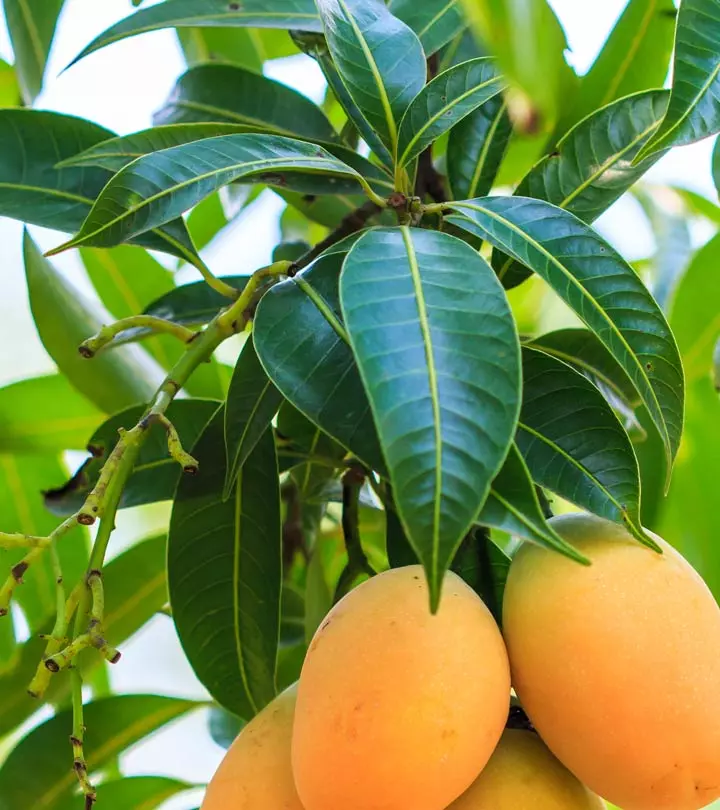
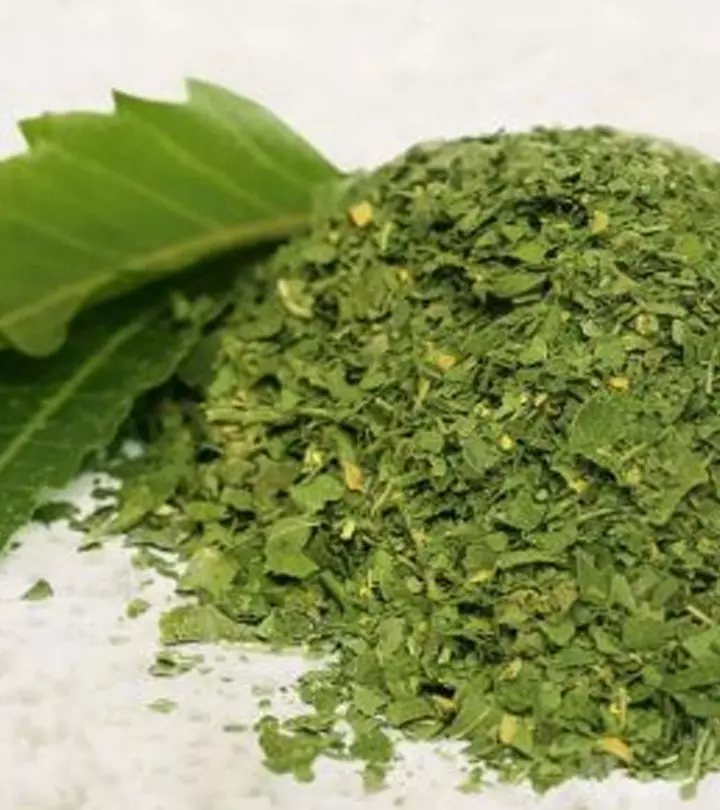
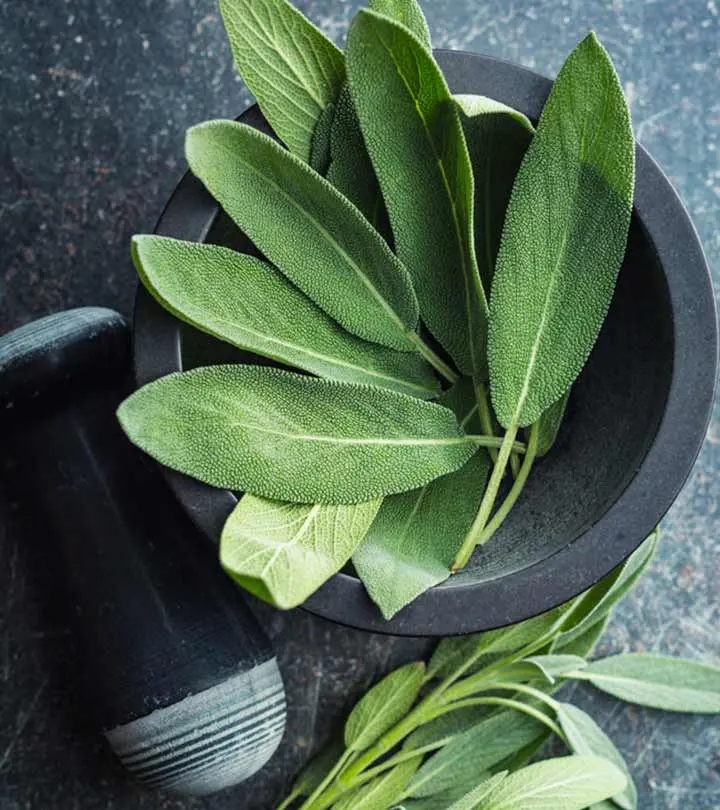
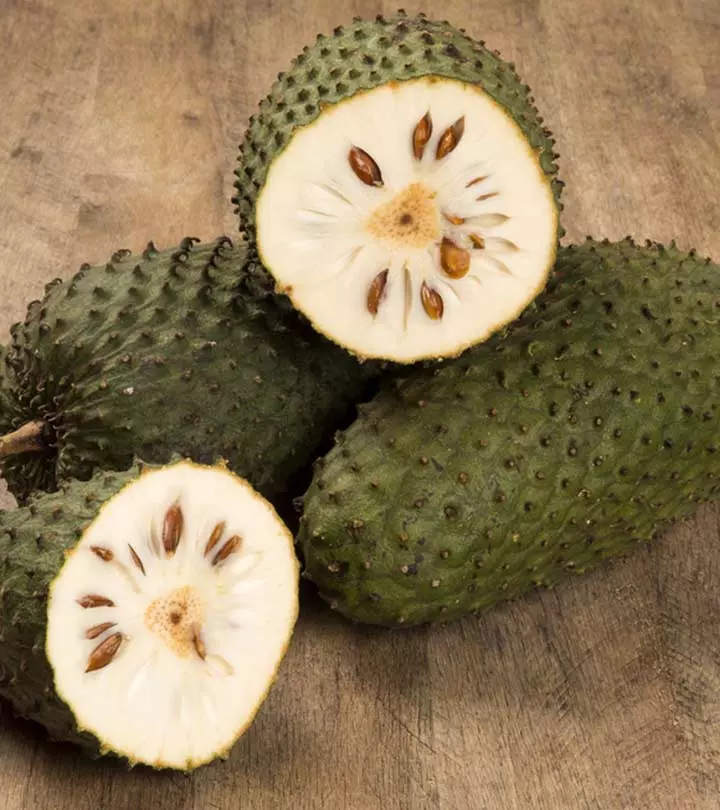
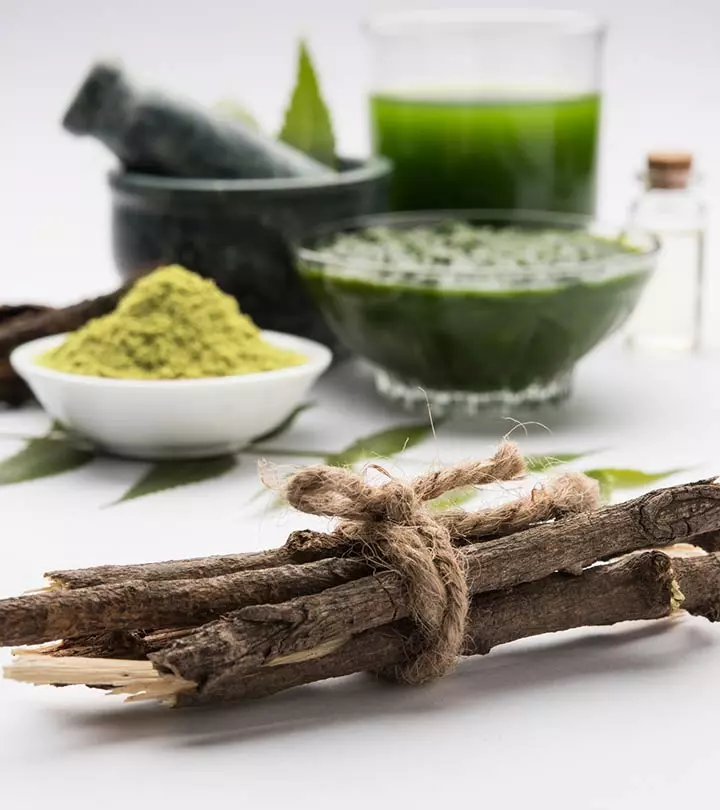
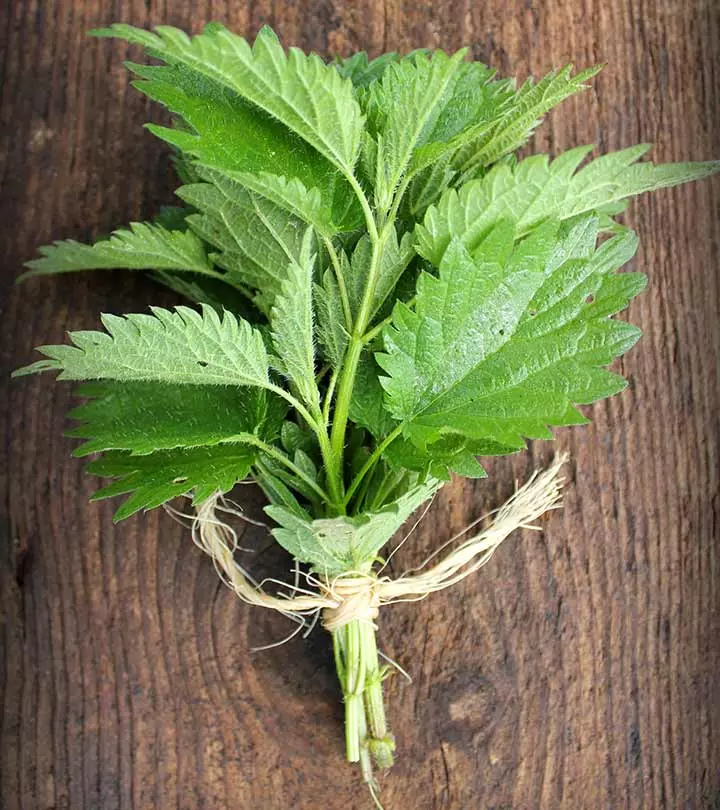
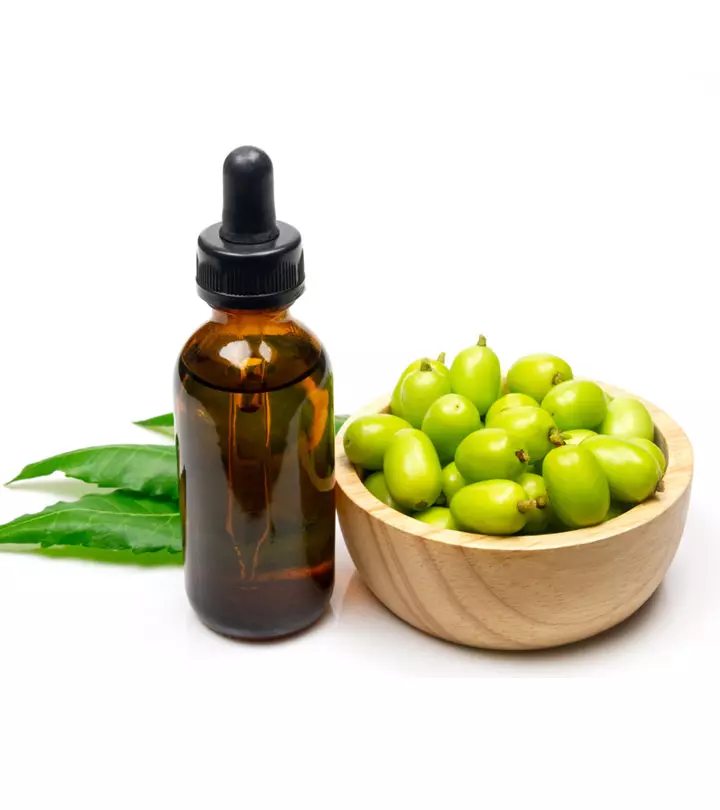
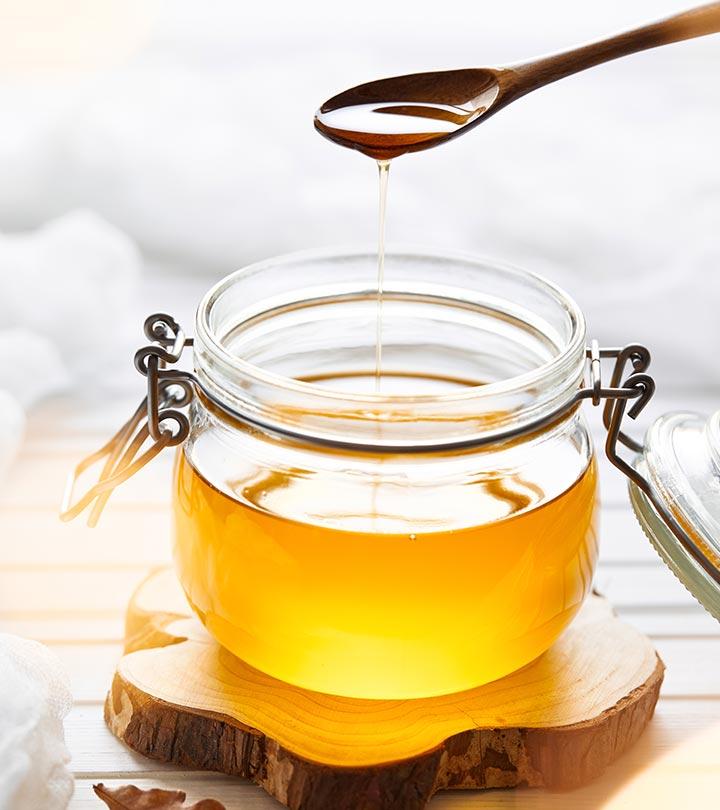
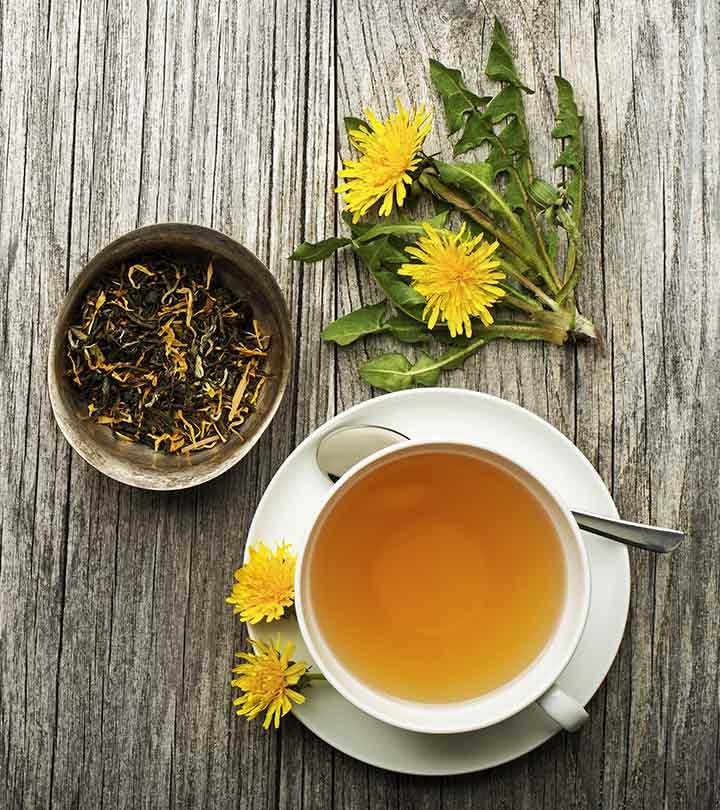
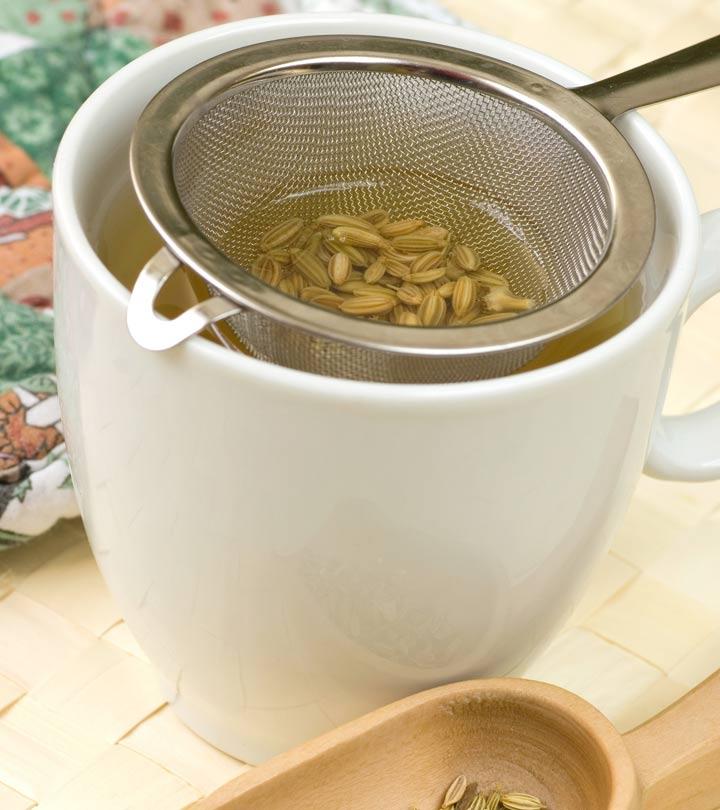
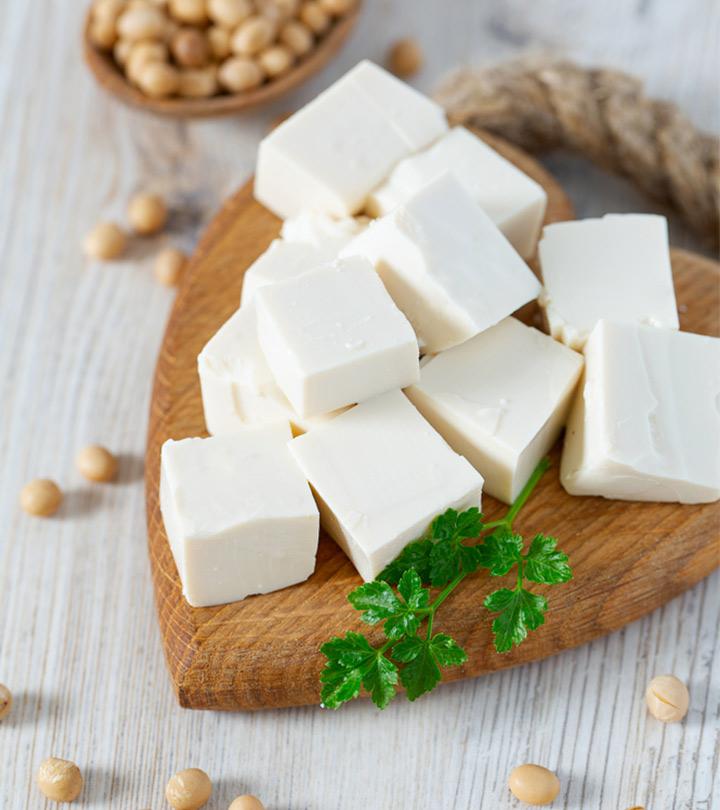

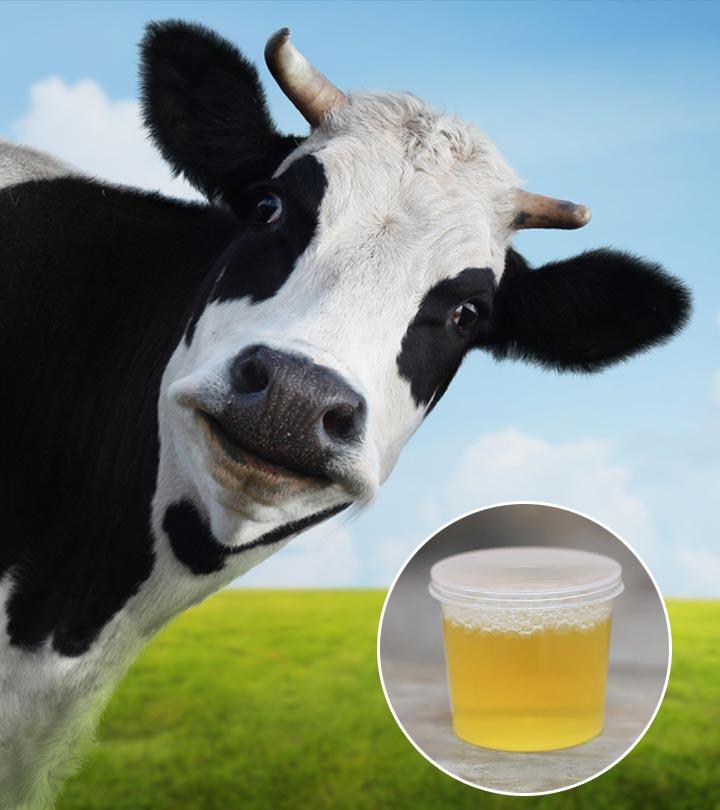
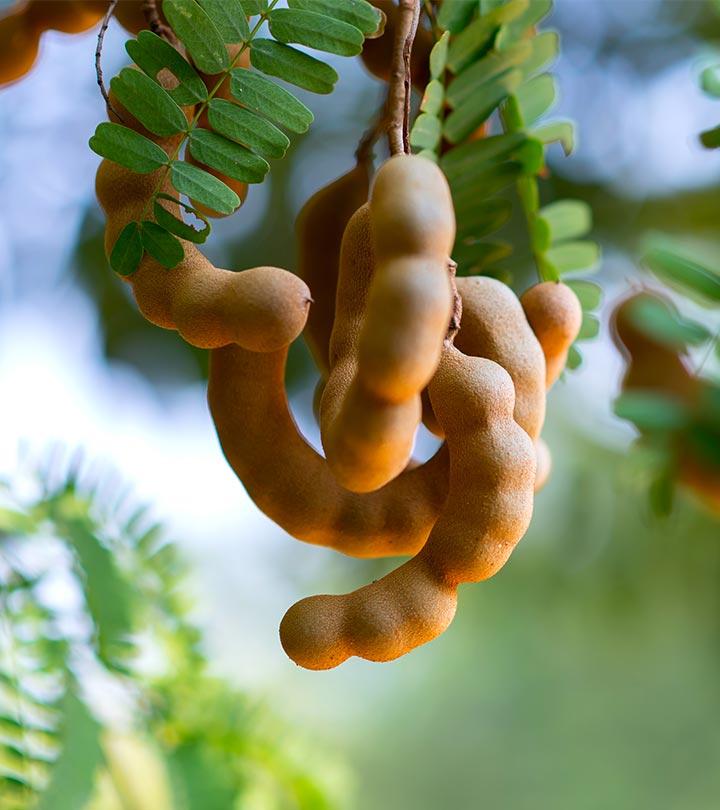





Community Experiences
Join the conversation and become a part of our empowering community! Share your stories, experiences, and insights to connect with other beauty, lifestyle, and health enthusiasts.